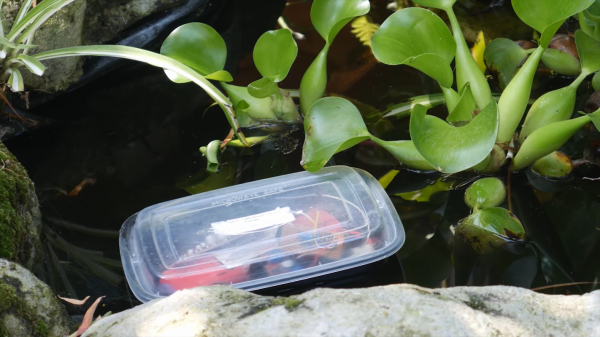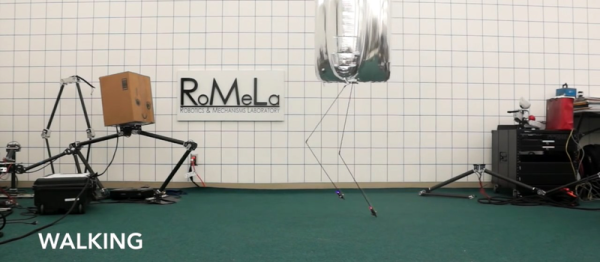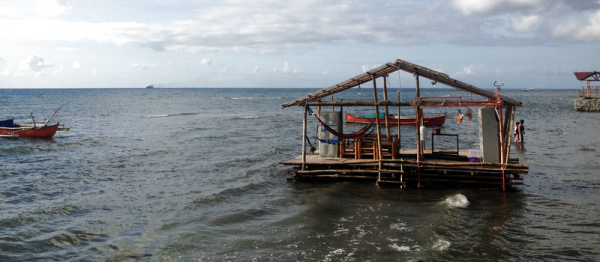Keeping a bird bath or a pond in your yard is a great way to add ambiance and style, but both of these things can be a haven for mosquitoes. Popular methods of getting rid of them are often with harsh pesticides, but [Shane] has brought us a more environmentally-friendly way of taking care of these disease-carrying insects by looping a Cardi B playlist underwater, killing the mosquito larvae.
While the build does include some other favorites such as “Baby Shark” and would probably work with any song (or audio of sufficient volume) the build is still pretty interesting. It’s based on a 555 timer circuit which powered an ultrasonic sound gun, but was repurposed for this build. The ultrasonic modules were replaced with piezo modules which were waterproofed with silicone. The sound produced vibrates at a frequency which resonates with the mosquito larvae and is fatal to them. [Shane] put the build into a small boat which can be floated in any pond, bird bath, horse trough, or water feature.
The major caveat to this build is that it may be damaging to other beneficial animals such as fish or frogs, so he suggests limiting its use to uninhabited stagnant water. Either way, though, it’s a pretty unique way of taking care of a mosquito problem not unlike another build which takes care of these insects in water a slightly different way.
















